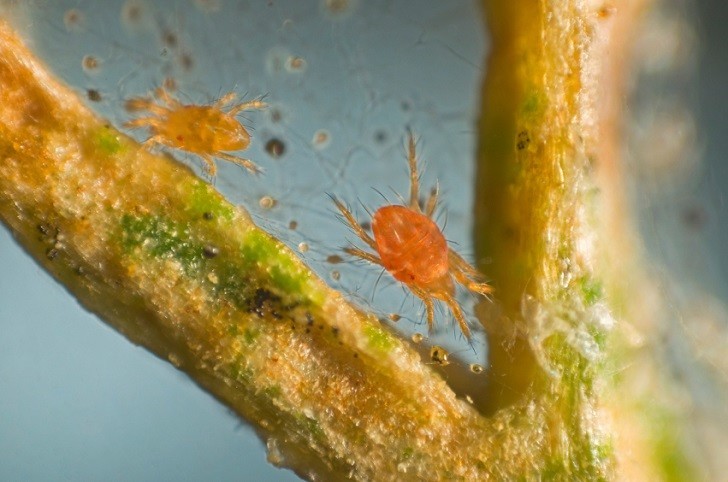
Spider mites are tiny sap-sucking pests infesting plants commonly grown in homes and gardens.
Although they are arachnids, they are not exactly spiders. The common name of theses mites comes from their habit of making webs on the underside of leaves where they lay eggs and live out their lives.
They have a short lifespan of just two to four weeks, but the females start laying twenty odd eggs per day within a week of their hatching.
These eggs hatch in just three days, unleashing a new batch every day. So each female spider mite manages to leave behind a large brood that can do tremendous damage to a plant quite quickly.
Since they have a high turnover of generations, they quickly become resistant to chemical pesticides.
Unlike aphid and scale infestations that are easily noticed, spider mite infestations are difficult to spot since the mites are less than 1 mm in size and remain mainly on the underside of leaves.

White or yellow spotting on the leaves and a network of silk threads on the underside of leaves are the telltale signs of infestation. The foliage may eventually die and fall off.
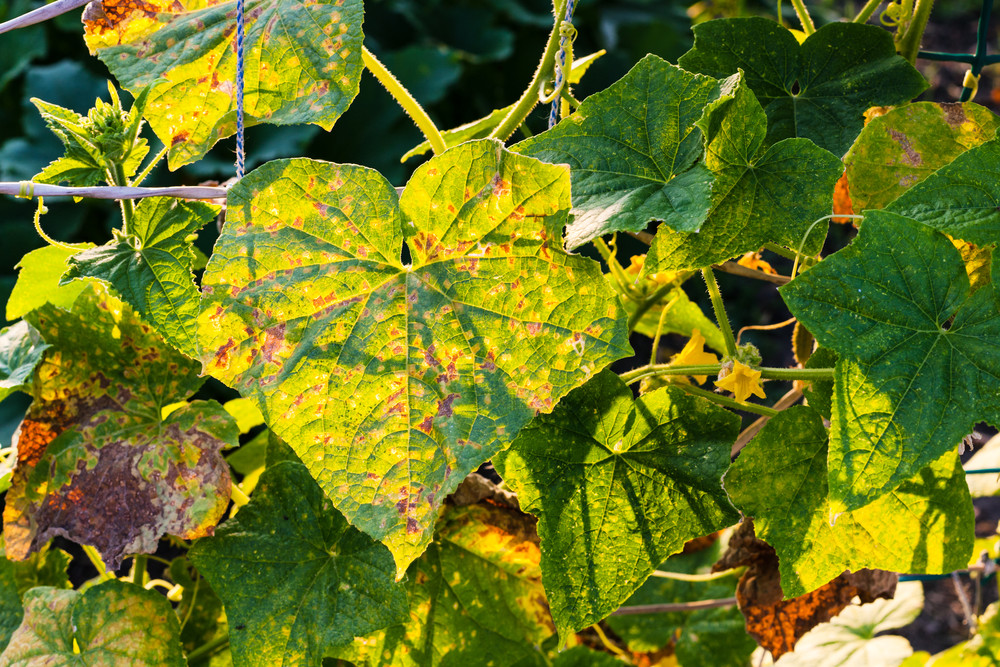
Warm and dry conditions, as you normally find in air-conditioned interiors, seem to make spider mite infestations even worse.
If you find your house plants not thriving, or looking listless for no apparent reason, take a magnifying lens to them. Hold a white paper underneath the foliage and shake the plant lightly. Observe the tiny specks on the paper with the lens. If you see eight-legged creatures moving about, you’ve got spider mites.
In the garden, spider mite infestation becomes acute during spring and summer months.
The eggs can overwinter on fallen leaves and dry twigs in the garden. They hatch when the weather warms up and the nymphs seek out their host plants.
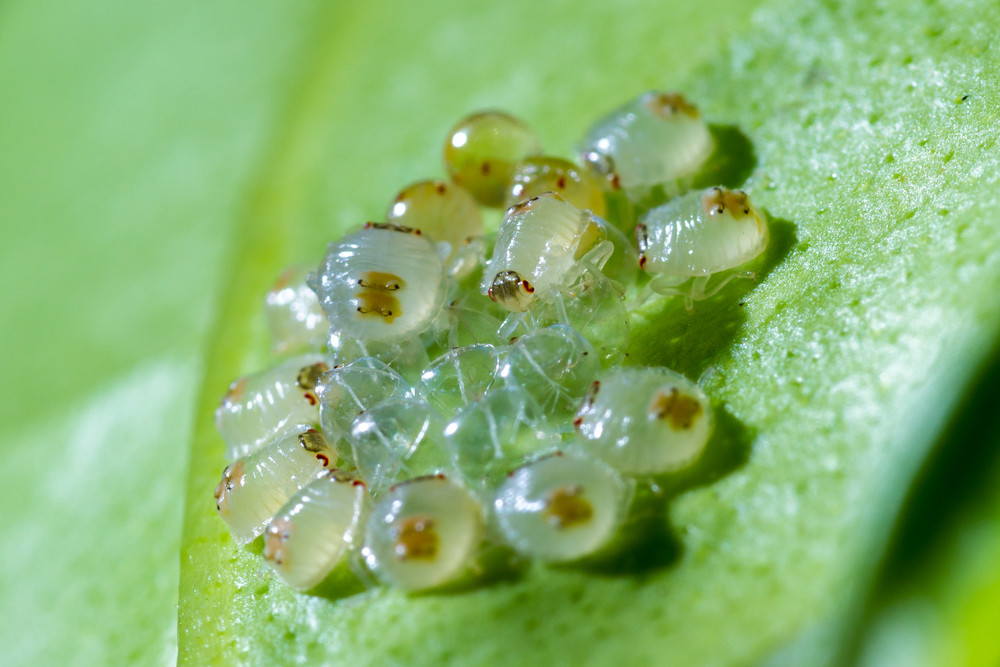
Melons, strawberries, tomatoes, eggplants and beans are the favorite hosts of spider mites. The nymphs become mature in just a few days and start reproducing.
These mites cannot fly, but they are windsurfers; they ride on their webbing and land on far off plants. Females can produce male offspring from unfertilized eggs, so a single female can start a colony in no time.
Unless control measures are taken early enough, they can become a big problem in a garden.
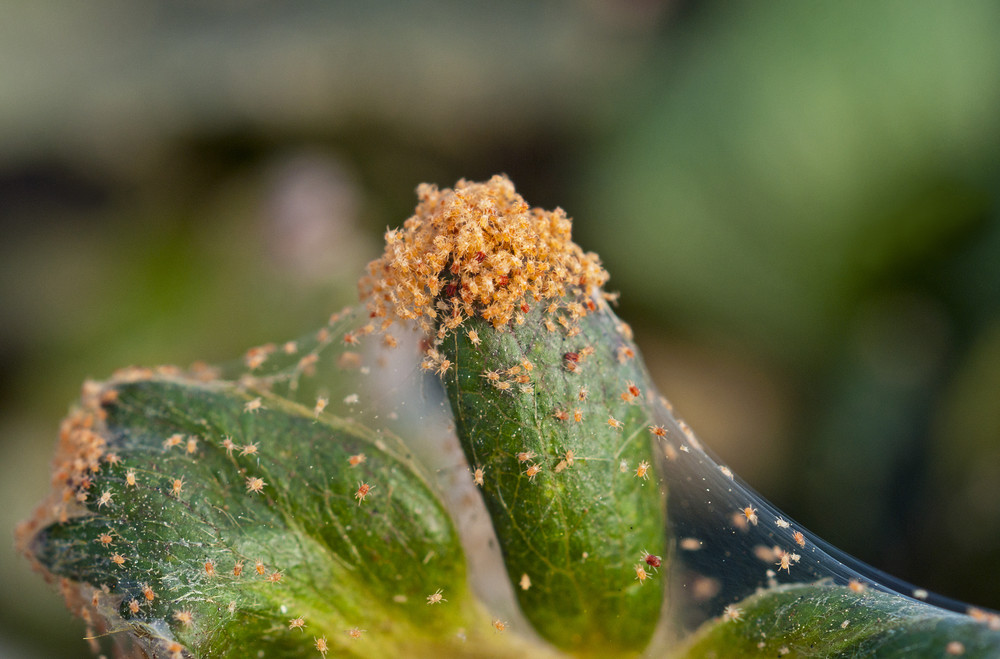
Chemical control of spider mites:
Chemical control involves spraying infested plants with miticides, but these contact poisons should reach the underside of leaves to be effective.
Repeated applications in short intervals may be necessary for control, but you risk the chance of the mites developing resistance to the chemicals.
Moreover, they will kill off predatory mites and beneficial insects that offer some amount of biological control.
Natural remedies to combat spider mites:
Natural remedies are preferable in vegetable gardens and for houseplants, not only because they are safer, but they seem to be more effective in the case of spider mites.
Complete eradication may not be possible, and you may need to use more than one strategy to keep them under control.
1. Spray clean the plants
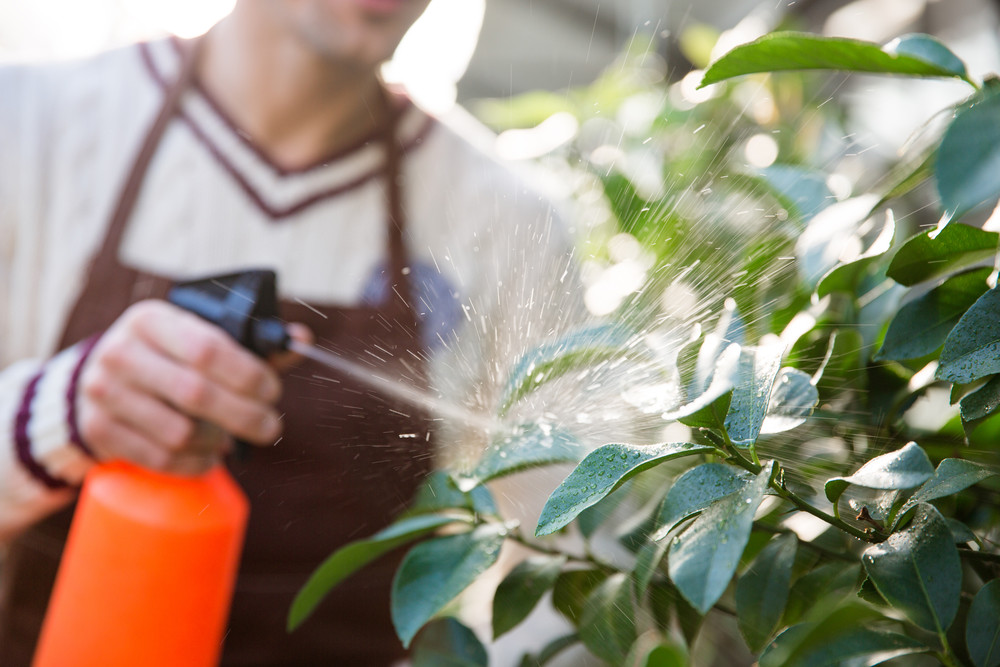
Spraying plants is a very effective way to dislodge the mites from the plants. Use a strong jet of water, making sure that you get to the underside of leaves where spider mites and their eggs remain hidden in their webbing.
A bug blaster attachment may help dislodge them. Weekly spraying in the hot months should keep the infestation under control.
For some reason, wet conditions seem to discourage spider mites. Regularly cleaning the foliage of houseplants with fine spray or with cotton dipped in warm water helps control them.
Put them under a shower every now and then or dip the entire pot, plant and all, in a large tub of tepid water.
When the weather is warm, bring the house plants outside and give them a thorough soaking.
2. Keep the plants neat and clean
Walk through the garden frequently, checking the underside of leaves for silk webbing. Remove yellowing leaves and prune unhealthy branches.
If some plants look tired and have mottled or curling leaves, chances are they are heavily infested. Pull them up and discard them in the trash.
3. Fall cleaning the garden
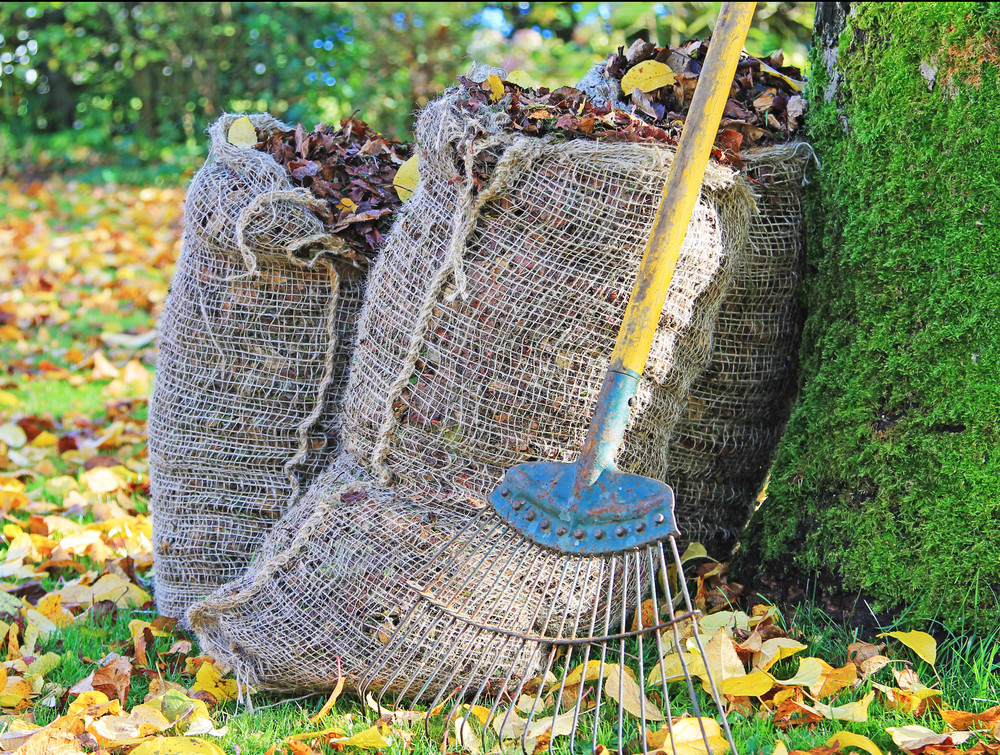
Keeping the garden free of dry leaves and other debris reduces spider mites’ overwintering sites.
If you suspect spider mite infestation on your plants, do not add such garden waste to the compost pile. Burn it instead or dispose of it in garbage bags.
4. Neem oil spray
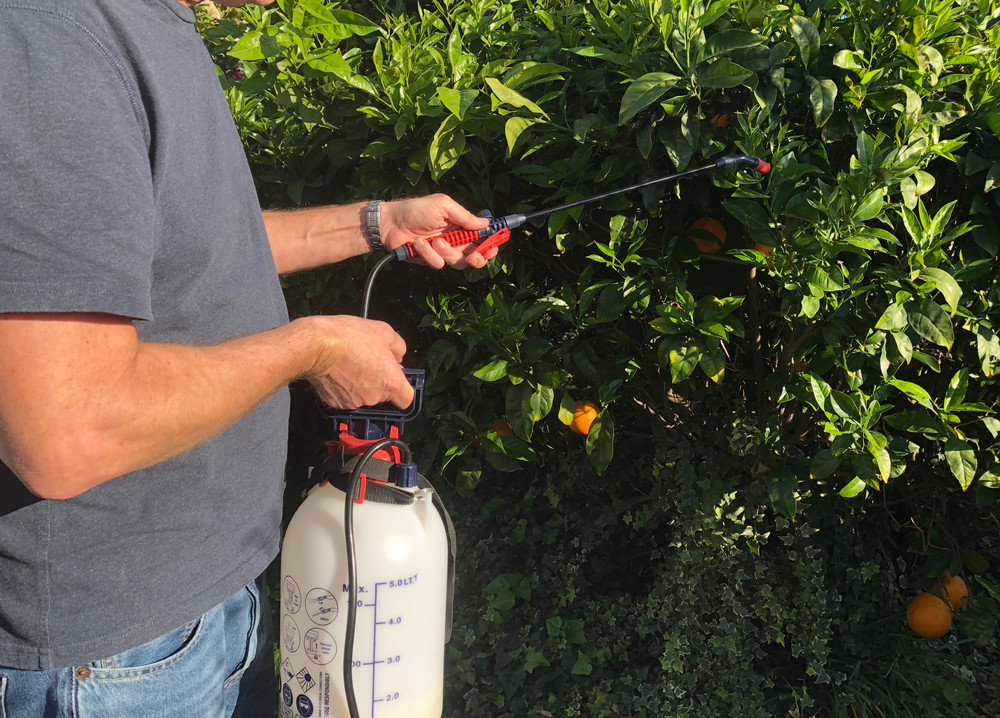
Periodically soaking the plants and the soil underneath with a neem oil spray helps control spider mites as well as other sap-sucking insects.
Neem oil is not a contact poison; it does not kill the bugs instantly. What it does is interfere with their biological functions, especially reproduction and metamorphosis in arthropods.
Soaking the soil with neem solution is important because the plants absorb the active agents in the oil, expressing it in their tissues.
When pests suck the sap, it plays havoc with their metabolism and life cycle, ensuring a lasting action.
To make a 1% neem spray for pest control:
- 2 tsp neem oil
- 1/3 tsp dishwashing detergent
- 1-quart warm water
Mix them in a spray can and shake well. Use within 6-8 hours of mixing. To make a 0.5% neem spray for preventive use, add only 1 tsp per quart of water.
For large scale use in the garden, mix 6.5 oz of neem oil and 5 tsp dishwashing liquid in 4 gallons of water. Use as soon as possible, taking care to spray on the underside of leaves as well as on the soil.
5. Use biological control agents
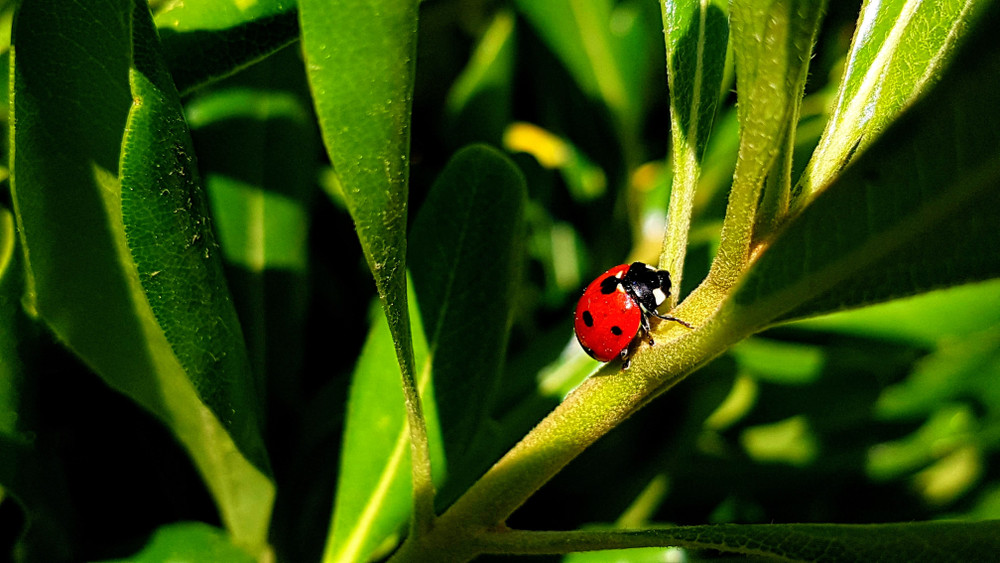
Predatory mites belonging to the family Phytoseiidae, Phytoseiulus persimilis in particular, are excellent at controlling spider mites.
These mites are larger and faster moving than spider mites, and they eat their eggs, larvae, and adults. Other beneficial insects like lady bugs and lacewings also may help in controlling the infestation.
Biological control is generally more effective in situations where the pest populations are not too high.
So, in case you’re releasing predators to control spider mites, do it after you have brought down the population with some other organic control measures.
6. Horticultural oil
Horticultural oil is another comparatively safer preventive measure you can use against spider mites. It is directed against overwintering eggs, especially on fruit trees.
Horticultural oil mainly contains paraffinic waxes that form a layer on plant tissues, creating a barrier to pests. It also kills insect eggs and soft-bodied larvae and adult bugs by smothering them.
Spray the leaves and trunks of trees with the oil in early spring or late fall to reduce spider mite infestation in the following season.
7. Harpin Alpha Beta protein (Halo/Axiom/Messenger)
This is a bacterial protein that can initiate defense responses from plants when sprayed on them. It makes plants more resistant to pest attacks, including that by spider mites.
Available in powder form, it should be mixed with water at doses recommended by manufacturers and sprayed on plants.
It is generally considered safe, but complete data on its possible toxicity and environmental impact is not available.
Although it may not be possible to protect your garden plants completely from these pests, keeping the plants healthy and avoiding water stress would go a long way in preventing large scale infestations.
Once a spider mite infestation is noticed, organic treatments have to be repeated often to control them.
New houseplants should be thoroughly doused with water and checked for spider mites before bringing them inside.
